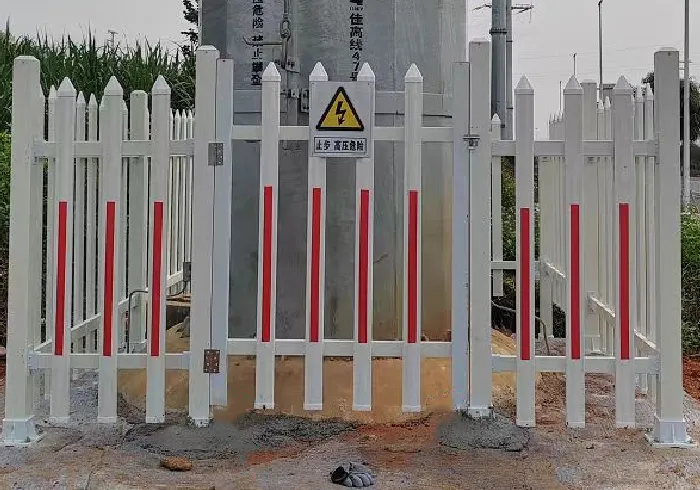loading...
- No. 9, Xingyuan South Street, Dongwaihuan Road, Zaoqiang County, Hengshui, Hebei, China
- admin@zjcomposites.com
- +86 15097380338
- Welcome to visit our website!
Pricing Trends for GFRP Reinforcement Bars in Construction Industry
Understanding the Price of GFRP Bars
Glass Fiber Reinforced Polymer (GFRP) bars have emerged as a revolutionary alternative to traditional steel reinforcement in concrete structures. Their unique properties, such as high tensile strength, lightweight nature, and resistance to corrosion, have made them increasingly popular in construction and civil engineering. However, like any construction material, the pricing of GFRP bars can vary significantly based on several factors.
Factors Influencing GFRP Bar Pricing
1. Material Composition GFRP bars are made from a combination of glass fibers and polymer resins. The quality and type of these materials directly impact the pricing. Higher grades of glass fibers and advanced resin formulations may increase manufacturing costs, which are then passed on to consumers.
2. Manufacturing Process The production methods used to fabricate GFRP bars can also affect their price. Advanced manufacturing techniques that ensure better quality and consistency may involve higher initial costs. For instance, pultrusion, a common production method, offers a high degree of precision but requires significant investment in machinery.
3. Bar Diameter and Length GFRP bars come in various diameters and lengths, influencing their pricing. Larger diameter bars typically cost more due to the increased amount of material used. Additionally, custom lengths designed for specific engineering projects can also incur extra charges.
4. Market Demand and Supply Just like any other market-driven product, the prices of GFRP bars fluctuate based on demand and supply dynamics. During construction booms or increased infrastructure development, the demand for GFRP can spike, leading to higher prices. Conversely, in periods of lower demand, prices may stabilize or decrease.
gfrp bars price

5. Transportation and Logistics Since GFRP bars are often used in large quantities, transportation costs can significantly impact final pricing. Costs associated with shipping, handling, and potential tariffs, especially in international trade, must be factored into the overall price.
6. Geographical Market Variances The price of GFRP bars can also vary depending on the geographical location. In regions with a burgeoning construction market or limited supply, prices may be higher. In contrast, areas with established suppliers and manufacturing facilities might see more competitive pricing.
Cost Comparison with Traditional Reinforcements
When considering the price of GFRP bars, it's essential to compare their cost to traditional steel reinforcement. Initially, GFRP bars might appear more expensive than steel. However, when considering factors like longevity, reduced corrosion maintenance costs, and the potential for lighter overall structure weight (which can lead to savings in other materials), GFRP can offer a more cost-effective solution in the long run.
Conclusion
The pricing of GFRP bars is influenced by various factors, including material composition, manufacturing processes, market dynamics, and geographical location. While the upfront cost of GFRP may be higher compared to conventional steel reinforcement, evaluating the total cost of ownership—including maintenance savings and durability—can provide a clearer understanding of their true value in construction projects. As the demand for sustainable and long-lasting building materials grows, GFRP bars are likely to play an increasingly significant role in the future of construction. Prospective buyers should conduct thorough research and consider their specific needs to determine the best value in the GFRP market.
-
The Rise of FRP Profiles: Strong, Lightweight, and Built to LastNewsJul.14,2025
-
SMC Panel Tanks: A Modern Water Storage Solution for All EnvironmentsNewsJul.14,2025
-
GRP Grating: A Modern Solution for Safe and Durable Access SystemsNewsJul.14,2025
-
Galvanized Steel Water Tanks: Durable, Reliable, and Ready for UseNewsJul.14,2025
-
FRP Mini Mesh Grating: The Safer, Smarter Flooring SolutionNewsJul.14,2025
-
Exploring FRP Vessels: Durable Solutions for Modern Fluid HandlingNewsJul.14,2025
-
GRP Structures: The Future of Lightweight, High-Performance EngineeringNewsJun.20,2025
